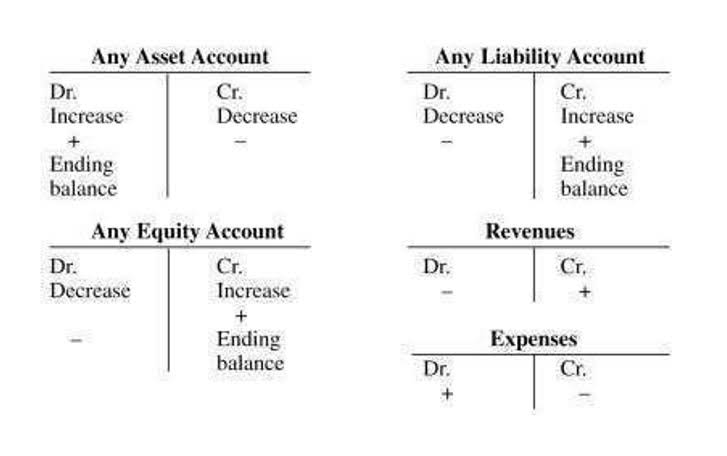
Understanding bond amortization is crucial in accounting, particularly when dealing with discounts and premiums. When bonds are issued at a premium, the cash received exceeds the face value, leading to a premium on bonds payable. The straight-line method amortizes this premium evenly over the bond’s life, impacting interest expense calculations. Conversely, bonds issued at a discount result in cash received being less than the face value, requiring similar amortization techniques.

Bonds Payable Issued at Discount Journal Entry

We need to calculate the carrying virtual accountant amount and compare it with the purchase price to calculate gain or lose. Bonds issue at par value mean that the issuer sell bonds to investors at par value. In simple words, bonds are the contracts between lender and borrower, the amount of contract depends on the face value. However, the lender can receive the principal before the maturity date by selling contract to the capital market. The borrower will pay back the principal to whoever holds the contract on maturity date.

Bonds Issued At A Discount
The carrying value of a bond is not equal to the bond payable amount unless the bond was issued at par. The present value factors are taken from the present value tables (annuity and lump-sum, respectively). Take time to verify the factors by reference to the appropriate tables, spreadsheet, or calculator routine. The present value factors are multiplied by the payment amounts, and the sum of the present value of the components would equal the price of the bond under each of the three scenarios. There are two common ways that the issuers can retire their bonds before the maturity date.
- The actual interest paid out (also known as the coupon) will be higher than the expense.
- Since these bonds will be paying investors more than the interest required by the market ($300,000 semiannually instead of $295,000 semiannually), the investors will pay more than $10,000,000 for the bonds.
- In other words, the 9% $100,000 bond will be paying $500 less semiannually than the bond market is expecting ($4,500 vs. $5,000).
- Issuing securities is borrowing in that the organization receives cash which must be repaid to the lender at a later date.
- By now, you already know how to account for the retirement of bonds issued at a premium both gain and loss on retirement.
- Much more commonly, the amount is material, and so is amortized over the life of the bond, which may span a number of years.
Journal entry for amortization of bond premium

Compute the interest expense for bonds issued at a discount to par, meaning the issuing price is less than the par value. This occurs when the prevailing market interest rate is greater than the coupon rate. The straight-line method amortizes this discount equally over the life of the bond. On January 1, 2018, ABC Company issued 50,000 of 9% bonds maturing in 5 years. So our bonds are only paying 9% when the market is paying 10%, they’re going to sell at a discount, and we can tell it’s a discount because they’re issued at 94%, right? So the cash we receive is going to be equal to the 50,000 times 94% which is 0.94.
Journal entry for amortization of bond discount and premium
The difference of $70,000 ($100,000 – $30,000) is the contributed capital in excess of par. Finally, the interest expense due to the purchaser of the bond is expensed as incurred on the income statement. Investing in stocks and bonds can help to build wealth for anyone with disposable income. Debits increase how to find premium on bonds payable asset accounts, such as cash, and expense accounts, such as interest expense.
Straight Line Amortization:Bond Discount
- On January 1, 2018, ABC Company issued 50,000 of 9% bonds maturing in 5 years.
- On issuance, a premium bond will create a “premium on bonds payable” balance.
- In other words, if the bonds are a long-term liability, both Bonds Payable and Premium on Bonds Payable will be reported on the balance sheet as long-term liabilities.
- Thus, Schultz will repay $47,722 ($140,000 – $92,278) more than was borrowed.
Bonds have a lower cost than common stock because of the bond’s formal contract to pay the interest and principal payments to the bondholders and to adhere to other conditions. A second reason for bonds having a lower cost is that the bond interest paid by the issuing corporation is deductible on its U.S. income tax return, whereas dividends are not tax deductible. Obviously, an investor wouldn’t want to purchase a bond that produces a lower return than the going market rate and the company wouldn’t want to issue bonds paying higher than market rates of interest. Bond issuers fix this problem by adjusting the issue price of the bond, so the actual interest paid on the bond equals the market rate. Let’s take the example of Company ABC, which issued a 5-year, $100,000 bond with a stated interest rate of 5% and a market interest rate of 4%.
- Companies do not always issue bonds on the date they start to bear interest.
- Liabilities also include amounts received in advance for a future sale or for a future service to be performed.
- We will use the Present Value of 1 Table (PV of 1 Table) for our calculations.
- Of course, we can use some tools to calculate the effective interest rate such as the excel spreadsheet where we can calculate the effective interest rate using the IRR() formula.
- Corporations, public-sector organizations and governments issue bonds to raise capital.
- Notice that interest expense is the same each year, even though the net book value of the bond (bond plus remaining premium) is declining each year due to amortization.
So since these bonds are paying more than the market, well, they’re going to sell for more than their face value. And then we also know it’s a premium for sure because they were issued balance sheet at a price above 100%. Well, like we learned before, we would do the 50,000 times 108%, which is 1.08. So since the cash is 54,000, but later on when we pay off these bonds, we are only going to pay off 50,000. So our journal entry as we learned, we had a debit to cash for the 54,000 we just calculated. And as we discussed, this is always going to be the principal amount of the bonds.